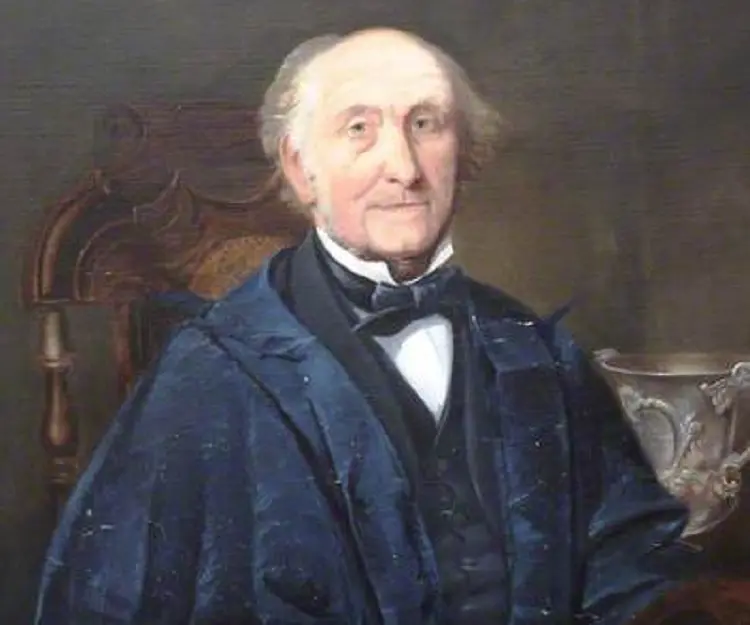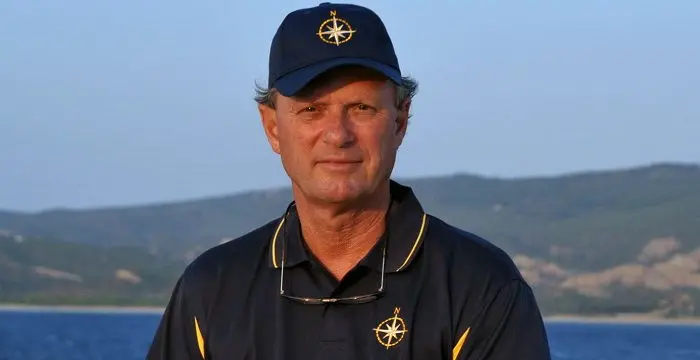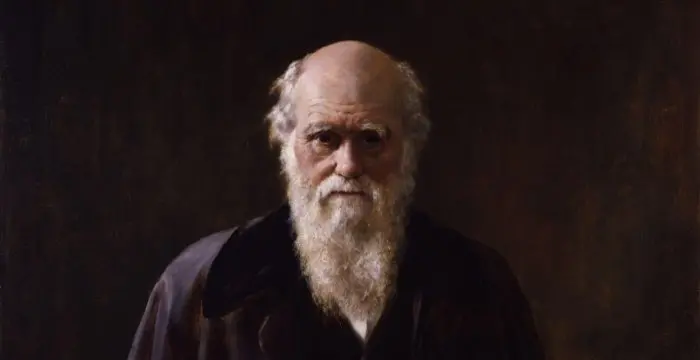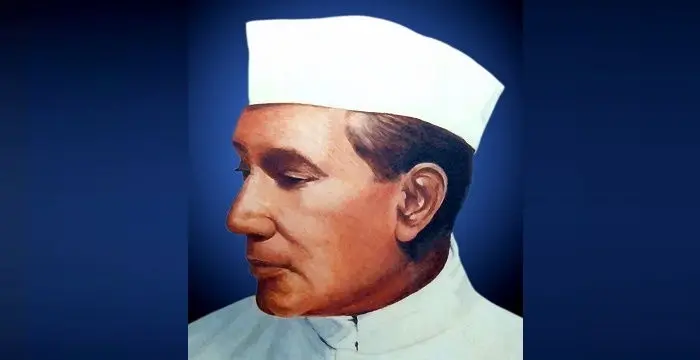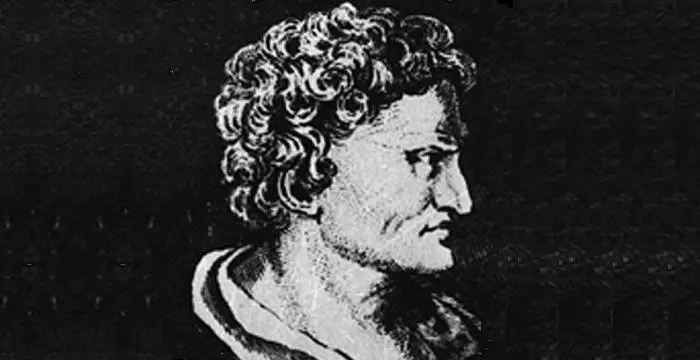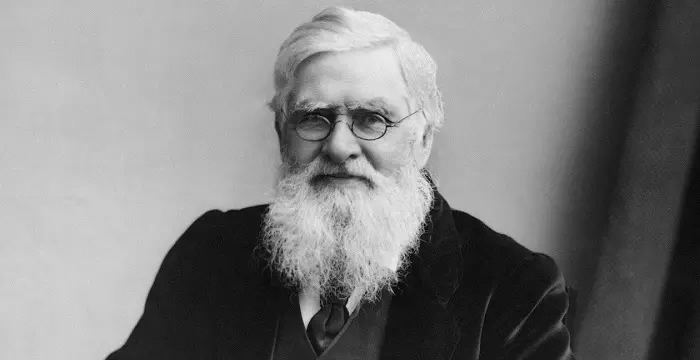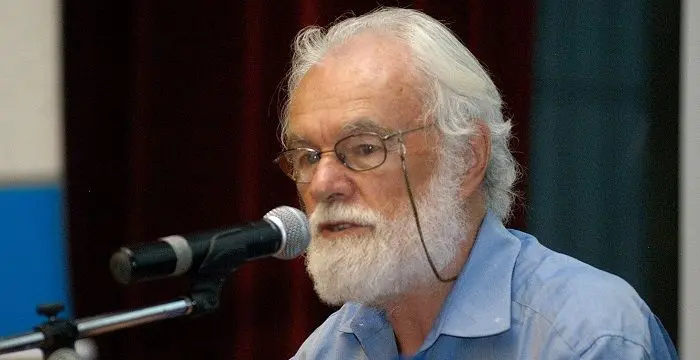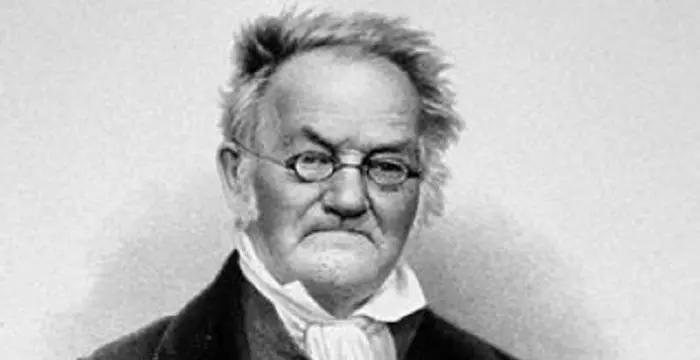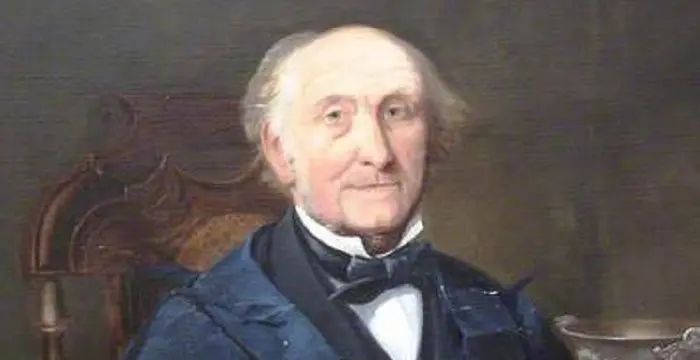
William Hopkins - Geographers, Life Achievements and Personal Life
William Hopkins's Personal Details
William Hopkins was a renowned British mathematician and geologist who discovered that melting point of a substance rises with increasing pressure
| Information | Detail |
|---|---|
| Birthday | February 2, 1793 |
| Died on | October 13, 1866 |
| Nationality | British |
| Famous | Intellectuals & Academics, Geographers, Mathematicians, Geologists |
| Universities |
|
| Birth Place | Kingston on Soar |
| Gender | Male |
| Sun Sign | Aquarius |
| Born in | Kingston on Soar |
| Famous as | Mathematician, Geologist |
| Died at Age | 73 |
// Famous Intellectuals & Academics
Bertil Gotthard Ohlin
Bertil Gotthard Ohlin was a famous Swedish economist. This biography profiles his childhood, family life & achievements.
Emily Greene Balch
Emily Greene Balch was an American economist, sociologist and pacifist who won the 1946 Nobel Peace Prize. This biography of Emily Greene Balch provides detailed information about her childhood, life, achievements, works & timeline.
Martin Buber
One of the greatest philosophers to have ever walked on earth, Martin Buber contributions to philosophy is a long-standing one. Explore all about his profile, childhood, life and timeline here.
William Hopkins's photo
Who is William Hopkins?
William Hopkins was a renowned mathematician and geologist from Britain who penned the book ‘Elements of Trigonometry’. Born to an agricultural household, Hopkins was expected to fall in line with the family business. But as destiny would have it, he sold his patch of farmland and used the money to start anew. Having dropped out of school, as his family did not value education, William decided to pursue further studies from the reputed ‘Cambridge University’. Despite his restricted formal education, he was among one of the top ten scorers in the Mathematical Tripos examination. Unable to obtain a fellowship, this brilliant student started out as a tutor for aspirants of ‘Senior Wrangler’, the highest achievement attainable by a mathematics undergraduate. He achieved immense success in his endeavour and was even hailed as ‘senior wrangler maker’. Later he pursued study of mathematics and displaying his prowess in the subject he came out with a highly sought after publication on trigonometry. His association with Adam Sedgwick, whom he accompanied on several expeditions, led to a life-long study of geology. Hopkins set about studying the occurrence of faults and fissures on the Earth’s surface, and then explored the rotation of earth. His investigations were praised by the Geological Society of London and eventually he went on to become the President of the committee. Read on to know more about his life and works.
// Famous Geologists
Robert Ballard
Dr. Robert Ballard is the founder of the Ocean Exploration Center and specializes in deep-sea archeology. This biography contains information about his childhood, life, achievements & timeline.
Charles Darwin
Charles Darwin was one of the most influential figures in human history. Go through this biography to get details about his life, profile and timeline.
Birbal Sahni
Birbal Sahni was an Indian palaeobotanist who founded the Birbal Sahni Institute of Palaeobotany in Lucknow. This biography of Birbal Sahni provides detailed information about his childhood, life, achievements, works & timeline.
Childhood & Early Life
William Hopkins was the son of a gentleman farmer, who rented his farmland to others and earned a share of the produce or profit. When William was born on February 2, 1793, the family stayed in the village of Kingston-on-Soar in the county of Nottinghamshire but later they shifted to Norfolk.
In Norfolk, William was educated in practices of agriculture but he never developed a liking for the occupation. After the death of his wife, he started out afresh and used the money earned from selling his plot of land to embark on educational pursuits.
In 1822, he enrolled at the ‘Peterhouse College’ affiliated to the ‘Cambridge University’. He completed his bachelor’s degree in mathematics, with distinction, in the year 1827.
Career
After his glorious performance in college, he started his career working as a tutor, teaching undergraduate students in the University. He was equally successful in this endeavour and produced about 20 top mathematics undergraduates, with an annual income of £700–800.
His students included the future mathematician Edward Routh, physicist James Clerk Maxwell and chemist William Thomson. The latter worked on the ‘Green’s theorem’ propounded by mathematician George Green after acquiring his notes in possession of Hopkins, in 1828.
William’s association with geology began in 1833 when he joined his Cambridge colleague Adam Sedgwick in numerous geological expeditions undertaken by the latter. He set about applying mathematics to explain the formation of fissures and faults across the earth’s surface.
He propounded that an elevatory force which is in action below the earth’s crust is created by the hot vapours or fluid present below and is the reason for creation of fissures or faults on the surface. His theories contradicted the views or his nemesis Charles Lyell and were eventually proved wrong.
Also in 1833, he wrote his famous book on the trigonometry, a branch of mathematics, titled ‘Elements of Trigonometry’.
Continuing his tryst with geology, between the years 1838 and 1842, he penned several scientific literature pertaining the rotatory motion of the earth.
He also used his theories of elevatory force to explain the phenomenon of earthquakes and volcanoes. His findings in this regard were published by the ‘British Science Association’ in the year 1847.
Hopkins then sought out to study the effects of pressure on the melting point and thermal conductivity of substances. He collaborated with William Fairbairn, the Scottish engineer and James Prescott Joule the English physicist in his quest. The trio concluded after thorough inspection that the melting point of a substance increases with increasing pressure.
Studying the factors that contributed to climate change, he made an assertion that the reduction in earth’s temperature had no effect on the climate of the planet.
Dabbling with glaciology, he also penned several papers on the motion of glaciers and noted that rocks are carried with the glaciers as they melt is the reason why some of the rocks occurring in a region differ in features from the native rocks of the area. Such pieces of rocks were named ‘glacial erratics’.
Hopkins presided over the activities of the ‘Geological Society of London’ from 1851-52. The following year he also chaired the annual meeting of the ‘British Association’ which was organised in Hull.
Major Works
William Hopkins most important contribution to the field of science was his theory which described the relationship between pressure and melting point of a substance. He proved that the two are directly proportional and thus melting point rises as pressure applied on the substance increases.
Awards & Achievements
Hopkins’ contributions to the field of geology were appreciated by the ‘Geological Society of London’ and they conferred upon him the highest award, ‘Wollaston Medal’, in the year 1850.
Personal Life & Legacy
Hopkins’ first wife passed away in the year 1821 and William then remarried. His second marriage to Caroline Frances Boys, lasted until the former’s death and the couple had four children.
Towards the later stages of his life, William suffered from chronic mania and exhaustion and breathed his last on 13 October 1866, in a psychiatric hospital in the Stoke Newington district of Hackney.
Trivia
During his years at Cambridge, this renowned scientist was an active member of the university’s cricket club.
// Famous Mathematicians
Grigori Perelman
Grigori Perelman is a Russian mathematician who is best known for his contributions to Riemannian geometry and geometric topology. Check out this biography to know about his childhood, family life, achievements and fun facts about him.
Terence Tao
Terence Tao is an Australian- American mathematician who has contributed enormously to the field of mathematics. Check out this biography to know about his childhood, family life and achievements.
Isaac Newton
Isaac Newton was an English scientist and mathematician, who discovered gravitation and Newtonian Mechanics. Read this biography to find more on his life.
William Hopkins's awards
| Year | Name | Award |
|---|---|---|
Other | ||
| 0 | Wollaston Medal (1850) | |
William Hopkins biography timelines
- // 2nd Feb 1793William Hopkins was the son of a gentleman farmer, who rented his farmland to others and earned a share of the produce or profit. When William was born on February 2, 1793, the family stayed in the village of Kingston-on-Soar in the county of Nottinghamshire but later they shifted to Norfolk.
- // 1821Hopkins’ first wife passed away in the year 1821 and William then remarried. His second marriage to Caroline Frances Boys, lasted until the former’s death and the couple had four children.
- // 1822 To 1827In 1822, he enrolled at the ‘Peterhouse College’ affiliated to the ‘Cambridge University’. He completed his bachelor’s degree in mathematics, with distinction, in the year 1827.
- // 1828His students included the future mathematician Edward Routh, physicist James Clerk Maxwell and chemist William Thomson. The latter worked on the ‘Green’s theorem’ propounded by mathematician George Green after acquiring his notes in possession of Hopkins, in 1828.
- // 1833William’s association with geology began in 1833 when he joined his Cambridge colleague Adam Sedgwick in numerous geological expeditions undertaken by the latter. He set about applying mathematics to explain the formation of fissures and faults across the earth’s surface.
- // 1833Also in 1833, he wrote his famous book on the trigonometry, a branch of mathematics, titled ‘Elements of Trigonometry’.
- // 1838 To 1842Continuing his tryst with geology, between the years 1838 and 1842, he penned several scientific literature pertaining the rotatory motion of the earth.
- // 1847He also used his theories of elevatory force to explain the phenomenon of earthquakes and volcanoes. His findings in this regard were published by the ‘British Science Association’ in the year 1847.
- // 1850Hopkins’ contributions to the field of geology were appreciated by the ‘Geological Society of London’ and they conferred upon him the highest award, ‘Wollaston Medal’, in the year 1850.
- // 1851 To 1852Hopkins presided over the activities of the ‘Geological Society of London’ from 1851-52. The following year he also chaired the annual meeting of the ‘British Association’ which was organised in Hull.
- // 13th Oct 1866Towards the later stages of his life, William suffered from chronic mania and exhaustion and breathed his last on 13 October 1866, in a psychiatric hospital in the Stoke Newington district of Hackney.
// Famous Geographers
Jabir Ibn Hayyan
Jabir Ibn Hayyan was a medieval era polymath. Check out this biography to know about his life, works and achievements.
Hipparchus
Hipparchus was a Greek astronomer and mathematician. This biography profiles his childhood, life, achievements and timeline.
Alfred Russel Wallace
Alfred Russel Wallace was a British scientist and explorer, best known for discovering the concept of evolution by natural selection. This biography of Alfred Wallace provides information about his childhood, life, achievements, works & timeline.
David Harvey
David W. Harvey is a British Distinguished Professor of Anthropology and Geography at The Graduate Center of City University of New York (CUNY). This biography profiles his childhood, life, academic career, achievements and timeline.
Nikolay Przhevalsky
Nikolay Przhevalsky was a Russian explorer who contributed significantly to European knowledge of Central Asia. This biography of Nikolay Przhevalsky provides detailed information about his childhood, life, achievements, works & timeline.
Carl Ritter
Carl Ritter was a famous German geographer, who, along with Alexander von Humboldt, founded the modern geographical science. Check out this biography to know about his childhood, life, achievements, works & timeline.
William Hopkins's FAQ
What is William Hopkins birthday?
William Hopkins was born at 1793-02-02
When was William Hopkins died?
William Hopkins was died at 1866-10-13
Where was William Hopkins died?
William Hopkins was died in Cambridge
Which age was William Hopkins died?
William Hopkins was died at age 73
Where is William Hopkins's birth place?
William Hopkins was born in Kingston on Soar
What is William Hopkins nationalities?
William Hopkins's nationalities is British
What was William Hopkins universities?
William Hopkins studied at University of Cambridge
What is William Hopkins's sun sign?
William Hopkins is Aquarius
How famous is William Hopkins?
William Hopkins is famouse as Mathematician, Geologist



